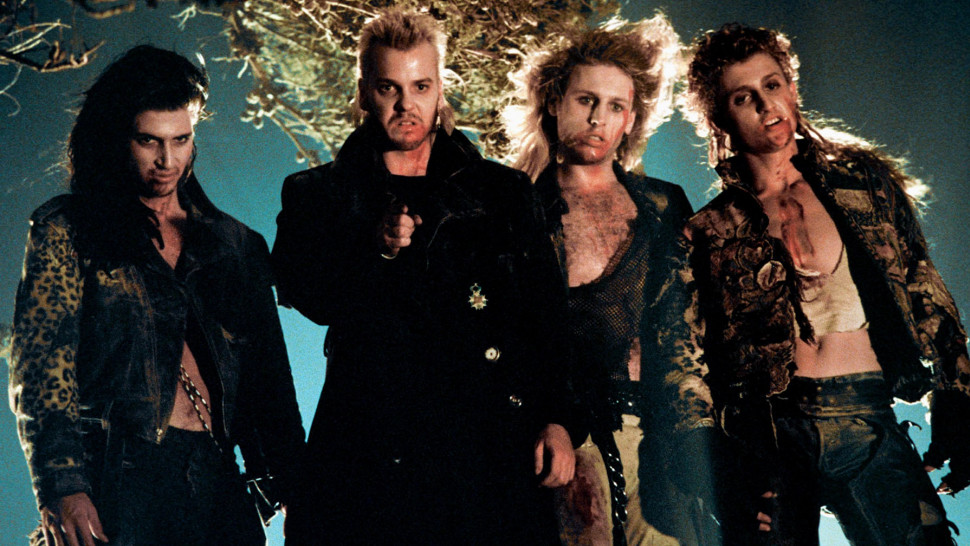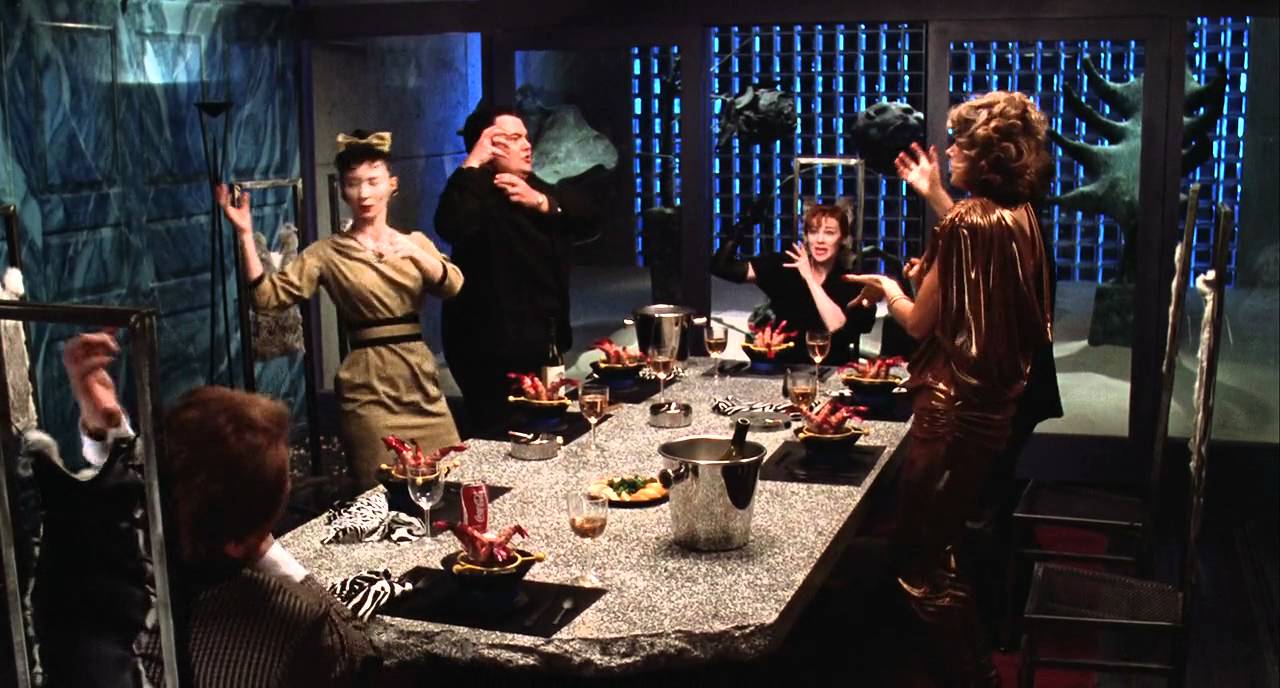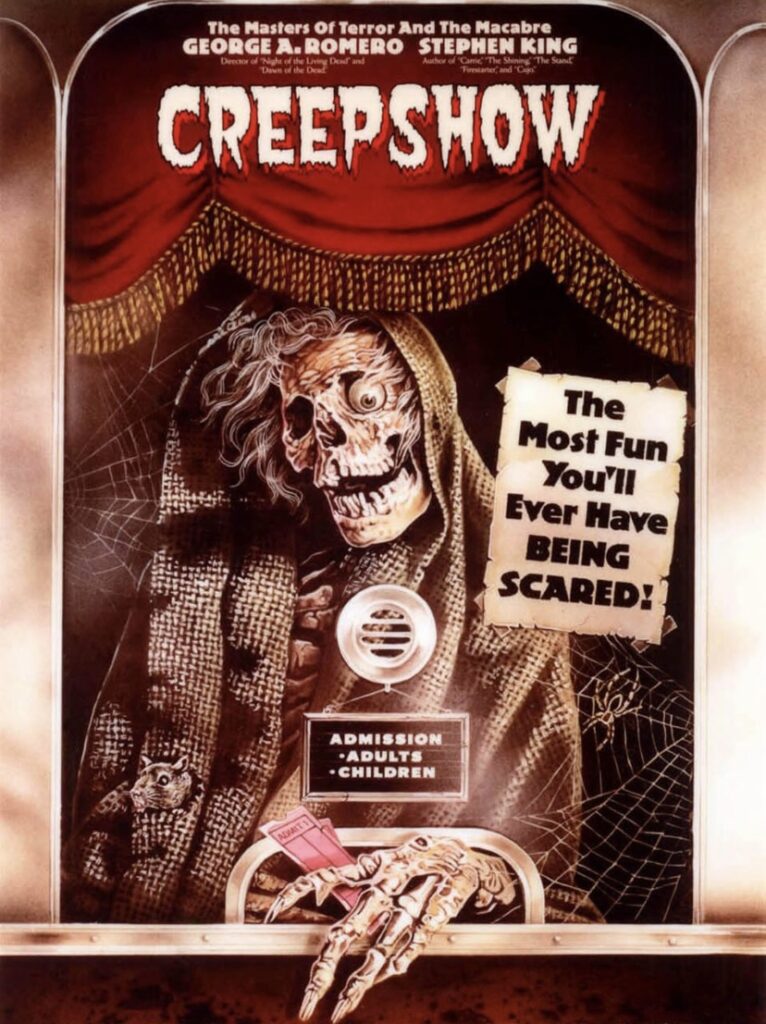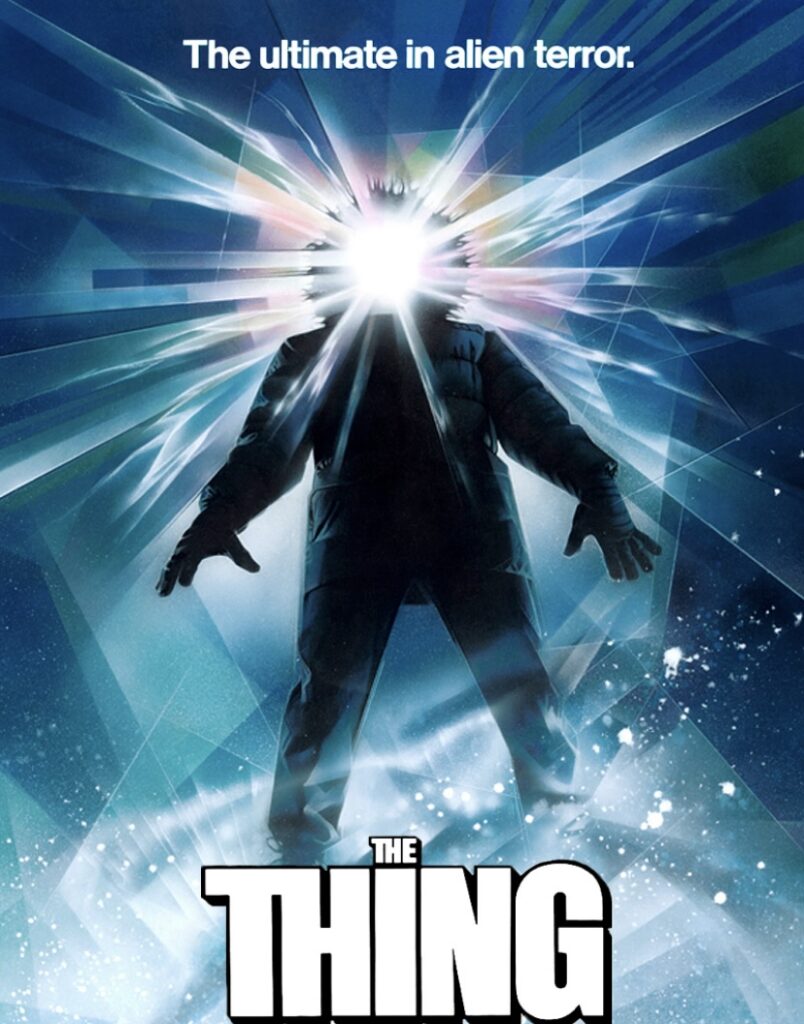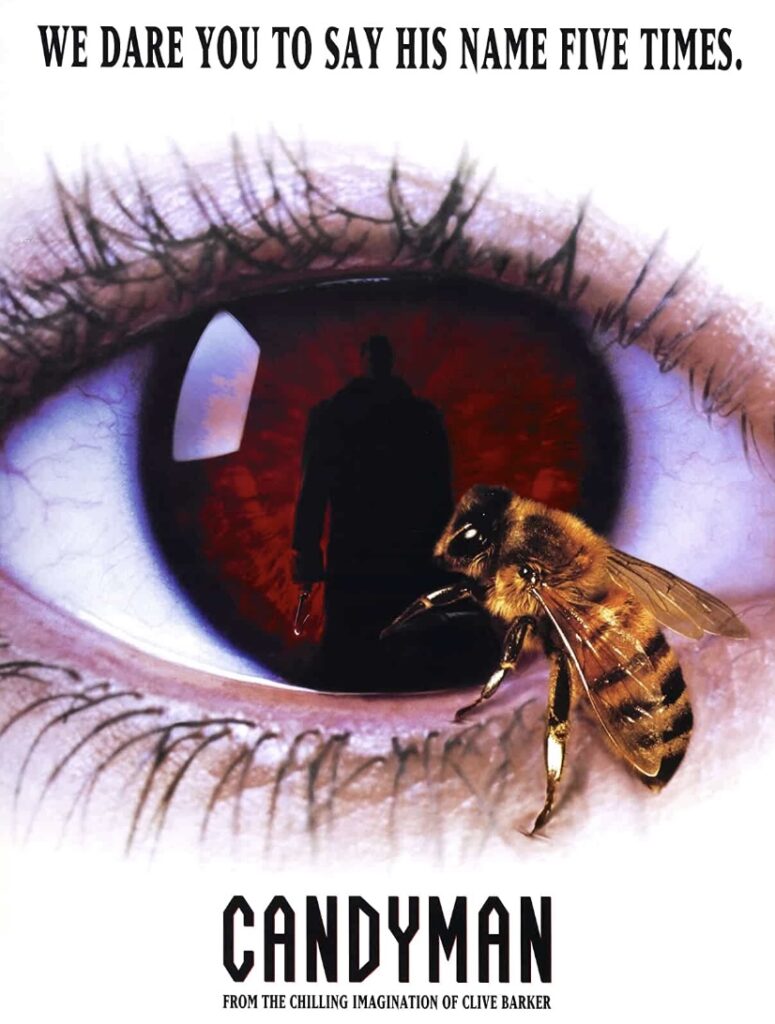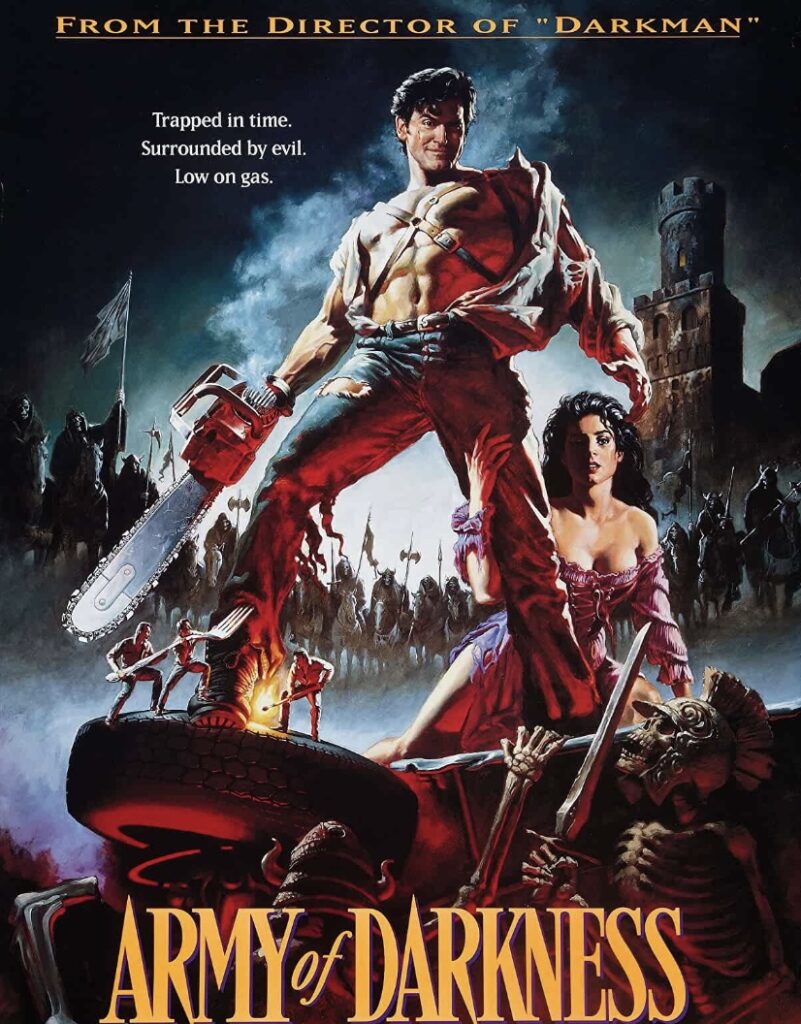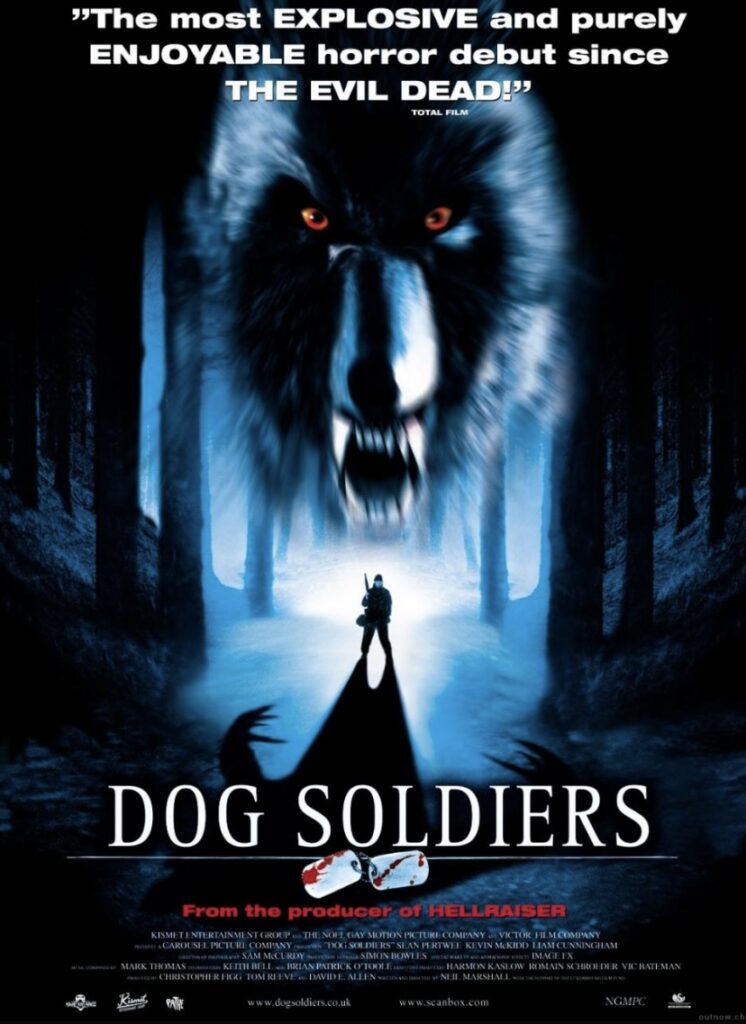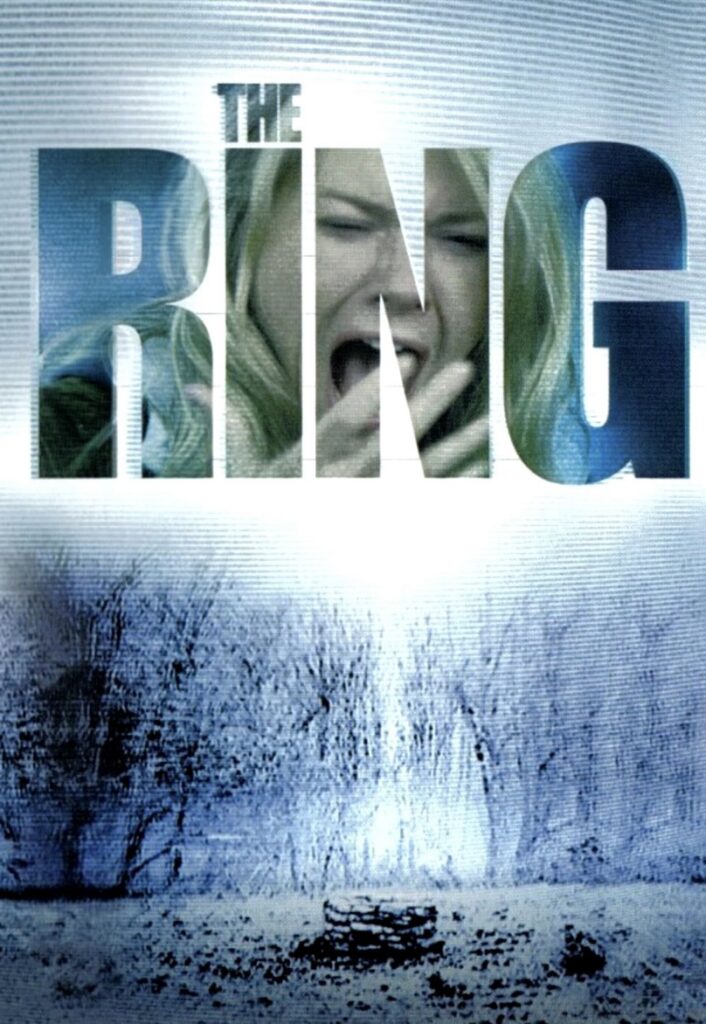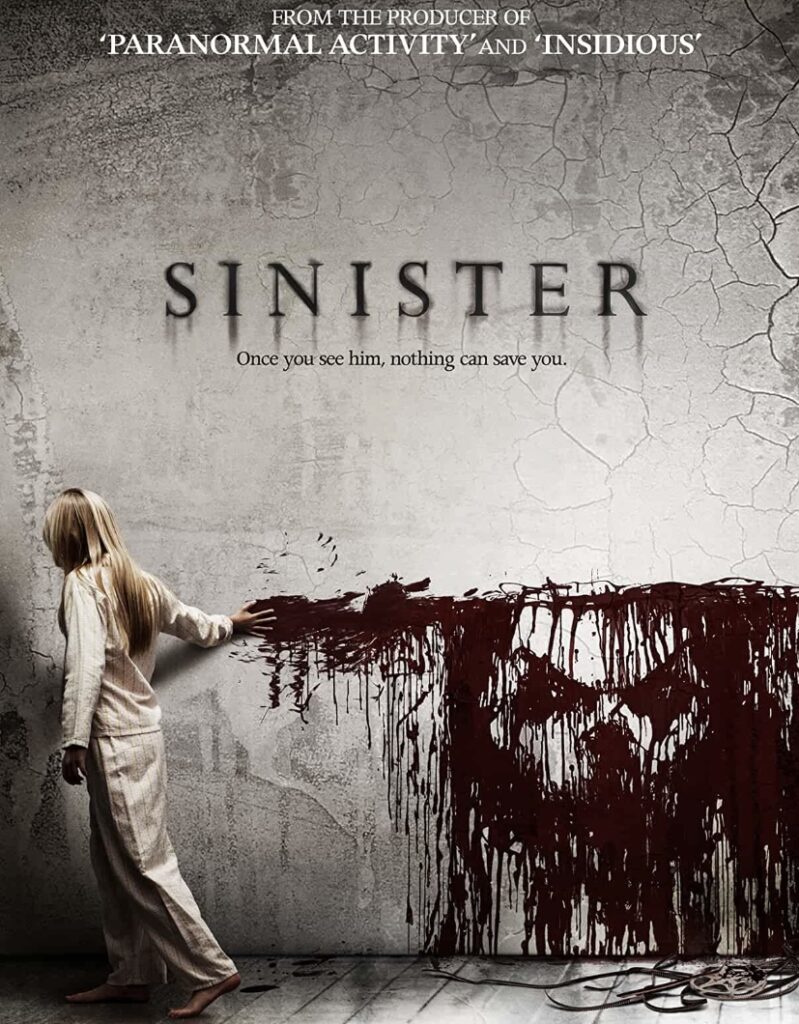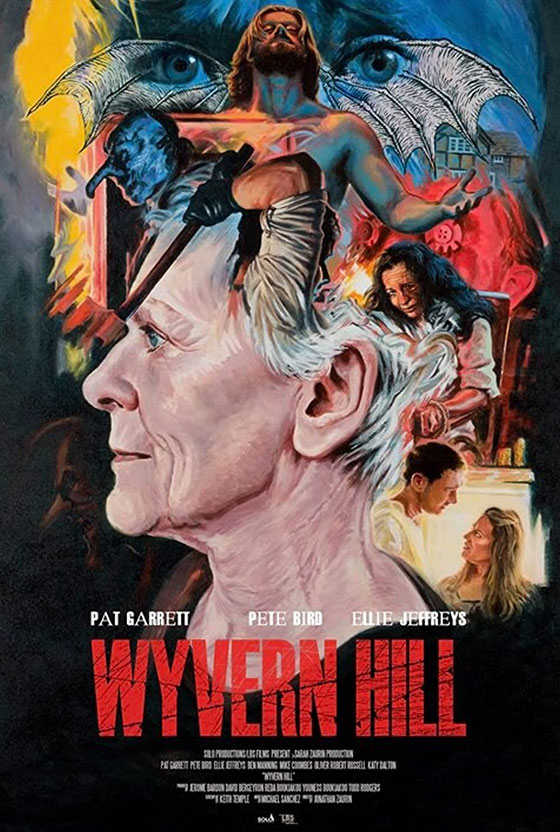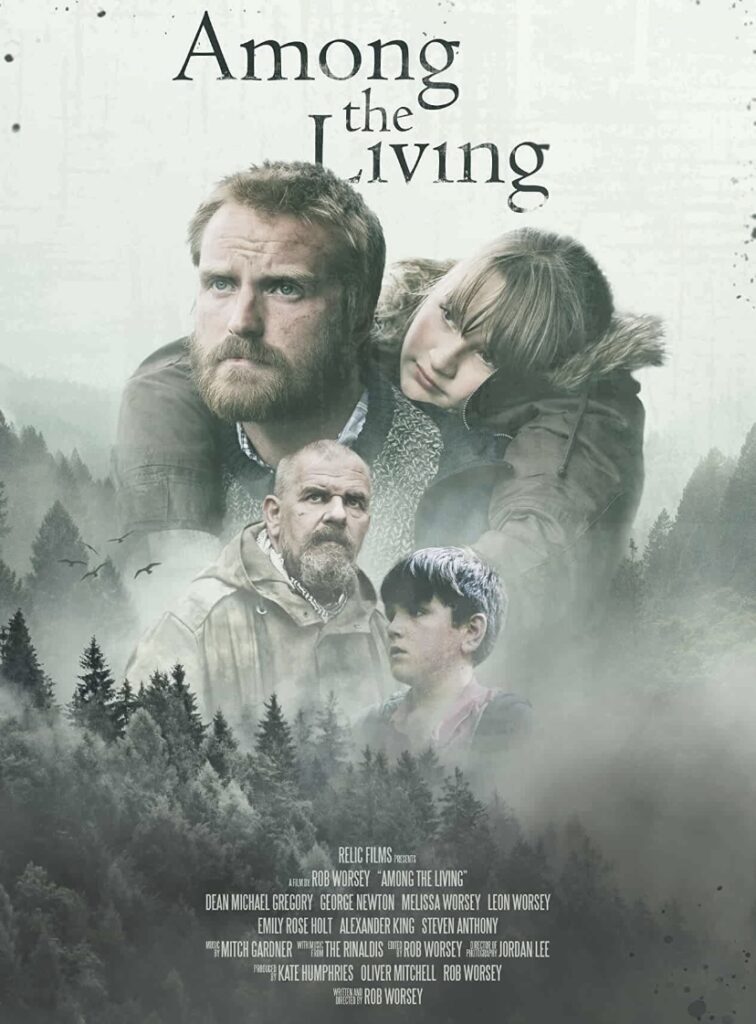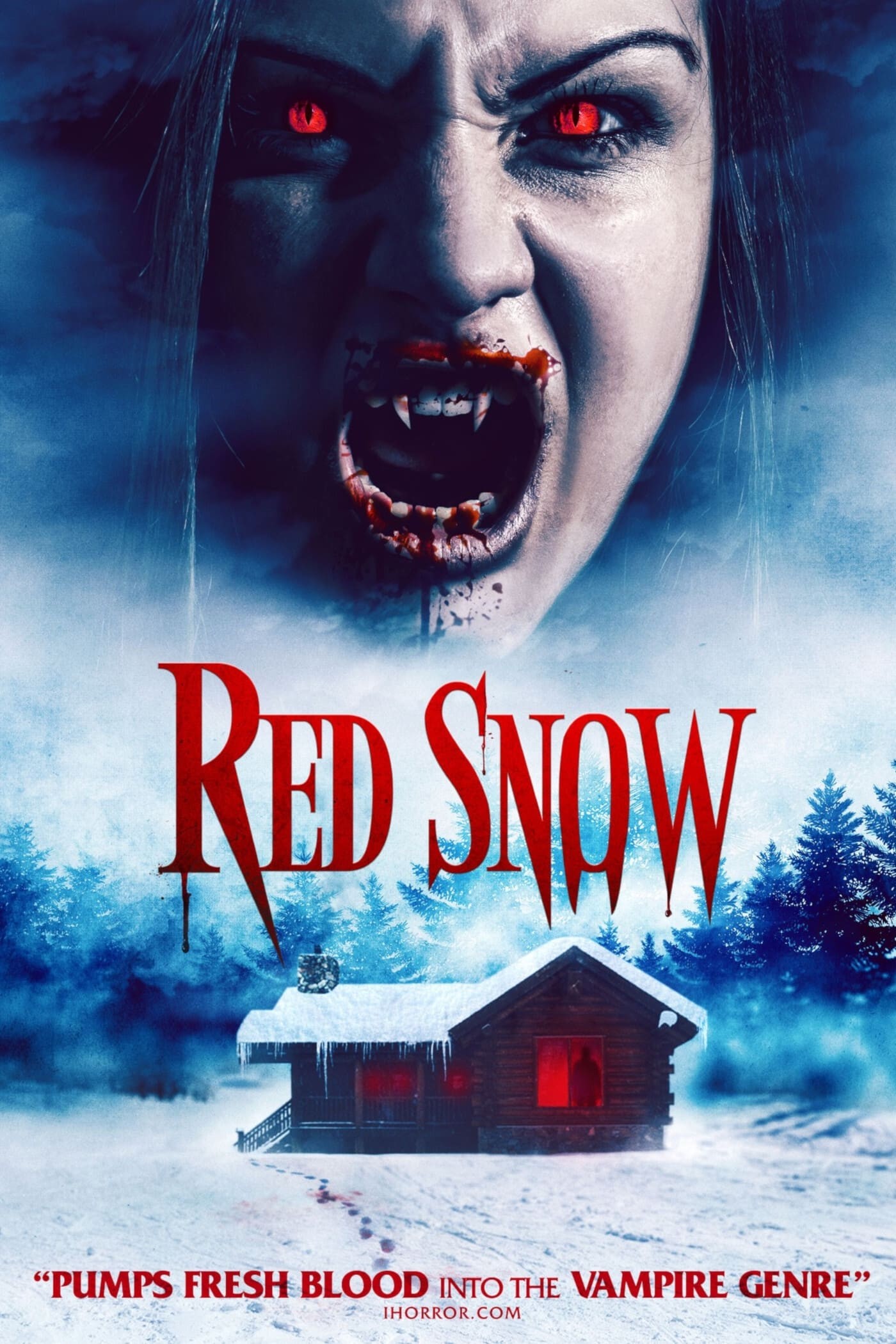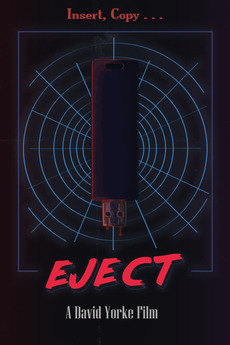Retrospective: The Thing (1982)


“Somebody in this camp ain’t what he appears to be” says MacReady (Kurt Russell) as he and his fellow researchers stuck out in the desolate Antarctica squabble over a shape-shifting parasite that takes no prisoners in the quest for power. Rose-tinted glasses are a great shield, but deep down the seedy underbelly will eventually swell, and before you know it, complete hell on earth will be released. The Thing revitalizes that sense of fear over unknown territory that lies beneath every individual to devise one of cinema’s greatest hits.

When it comes to such a classic, it’s assumed that the road to success was an easy sail, yet, whilst John Carpenter’s terrifying alien feature is a flawless rendition of sci-fi extremes, the production was filled with bumps and jolts. A string of everybody’s favourite filmmakers including Tobe Hooper (joined by writing partner Kim Henkel) and John Landis were all invited to recreate the novella Who Goes There? (1938), which had already been adapted in Christian Nyby’s The Thing from Another World (1951). The arrangements for production were made, but something was missing, that special touch, however, when Carpenter and scriptwriter Bill Lancaster put pen to paper and opted for a touchingly dark and menacingly brutal narrative arc, the cameras began rolling and the rest is history.

It’s no surprise to anyone that the 1980s were a whirlwind of a time for horror, flocks of people were either greedy for the startling nature that horror had to offer, whereas others were actively campaigning for the ‘nasties’ to be axed, done, and dusted. Needless to say, the appetite for The Thing was more than turbulent. And since the mainstream media (which at the time controlled the marketing and awareness of new releases) were not eager to sing Carpenter’s praises, The Thing stayed in the dark for many years.

The production was no walk in the park either. The twelve weeks of filming in the harsh Alaskan grounds with plenty of mishaps, including camera lenses freezing due to the cold, and actor Keith David breaking his hand the day before filming.

To follow on from the turbulent events that came across during production was the unfortunate reputation that clung onto the film thanks to the rocky reputation expressed by unfair reviews and a damning case of word-by-mouth. As soon as The Thing hit theatres the feedback from major outlets including Roger Ebert, Variety, The New York Times, and The Washington Post all obliterated the fine craftsmanship that had gone into making this genre defining classic. The bleak tableau of cynical mindsets and the void of formulaic arcs left a stain on those who were lucky enough to see it in cinemas upon its initial release. Ironically, for a time that would publicly blast horror for not being original and more like a gory slapstick, The Thing’s devotion to marrying intense character dynamics with an analogy-ridden path was simply ‘too much’. From a retrospective point of view, the only thing that was excessive about the film is how much it has to offer; whether it’s the masterful practical effects or the haunting atmosphere, The Thing aims to be *thee* ultimate spectacle.

The basis for The Thing surrounds an American research station in the faraway and foreign land of Antarctica where snow takes up every ounce of space, and where permanent habitation ceases to exist. The immediate vastness is a daunting facet alone, furthering the velocity of events the team eventually endures. With the aid of an anamorphic lens, the idea of an airy vacant setting is forced upon the viewer, with the stretched, wide frame providing ample space for action to be seen, also subtly showing ‘too much’ bare room around the characters, almost insinuating that there is bound to be someone or something imminently creeping into the frame all of a sudden.

This premise of suggestion is a theme that runs throughout The Thing’s veins, with uncertainty, precariousness, and ample amounts of delusion infecting the entire course of reason amongst the characters. Tiptoeing alongside the effectiveness of the atmosphere is the deliberately conspicuous and savage research team including the unpolished helicopter pilot MacReady (Russell), Childs (David) the in-house skeptic mechanic, Blair (A. Wilford Brimely) the paranoid biologist, and Nauls (T. K. Carter) the quick-thinking cook. In what can best be described as a motley crew of personalities is a variety of identities that outwardly play out as clashing souls whose inner dynamics pave the way for disaster to strike, however, internally a much more complex picture is being painted than what meets the eye.

Each character is assigned a general emotion that protrudes further than any other feeling, the characters are simply puppets in Carpenter and Lancaster’s plot to manipulate the viewer into a state of complete shock and fear over the unfolding narrative. The Thing invites the viewer to go on an emotional rollercoaster, with MacReady’s brash feistiness embodying our fight or flight response, Child’s uncertainty and mistrust representing the hastiness that we feel over every new spectacle, Blair’s irrationality epitomizing the panic experienced as we also learn of the parasite’s ferocity, and Naul’s curiosity sparking our need to unravel the origins and motives of the assimilation.

The Thing plays out with an air of fluidity that seems so natural, and whilst that was the goal, behind the scenes Carpenter meticulously plotted out every little detail to enhance the horror and ultimately conjure a trance-like spell over anyone brave enough to watch it.

Above everything, one aspect that will forever remain synonymous with The Thing’s cult classic reputation is the outstanding effects. Considering the entire premise surrounds a creature feature show, the design of the monster itself was of utmost importance to Rob Bottin, the lead effects creator. Originally, Carpenter wanted “the thing” to be of one design, a whole being, not a shapeshifting leech. In fact, when Bottin initially expressed his ideas of the various forms the monster would take, Carpenter was more than unsure about going down that valiant route. However, the surreal design soon won him over and the thirty five person team went to work in creating one of cinema’s most infamous creatures of all time.

The 1980s didn’t have mountains of technology to aid in the graphics, instead handy work and dedicated creative geniuses would spend hours moulding full body casts of actors and glueing together faux flesh to fashion severed bloody limbs. One of the most impressive scenes shows the crew’s dog assimilating into a gigantic extraterrestrial being complete with multiple snarling dog heads crowning the top of a bubbling pile of viscera filled with mutating blobs and more than enough blood and slime. To form such a grotesque but fascinating effect, Bottin enlisted the help of fellow effects artist Stan Winston to construct a large hand puppet from makeup artist Lance Anderson’s body. The puppet would then be layered with latex foam and hooked up to wired legs and radio controlled eyes to force the alien-like movements expressed by the thing. Even the mass pile sat below the creature was given its texture from mayonnaise, melted bubble gum and plenty of K-Y Jelly.
In true old-school fashion, no CGI blood spurts were to be had, instead, Anderson would have to wear a blood-squib suit which would eject plenty of fake blood on cue.

Blood, sweat, and tears went into concocting the visual feast that The Thing has to offer, with Bottin being hospitalised from exhaustion over literally working for nearly 24 hours everyday just to achieve the perfect aesthetic for the film.

Upon a modern perspective, the bumpy road The Thing traveled down for its first couple of the years wasn’t down to poor filmmaking or lack of inspiration, the sole reason was that viewers were just not ready for something so monumentally confrontational, a product that dares to end on a gloomy note and not succumb to the Hollywood flow of moviemaking. The legacy of The Thing is still felt to this day, forty years on. Comic books, video games, miniseries, and prequels have all come and gone within the last twenty years, with Blumhouse Studios even releasing a statement in 2020 confirming that The Thing is getting the now-standard remake treatment.
In a landscape where seemingly everyone’s true colours can be exposed and evil is more free than ever, John Carpenter’s 1982 showstopper is more important now than ever.
Looking for more top horror lists and reviews? Check out our blog here..


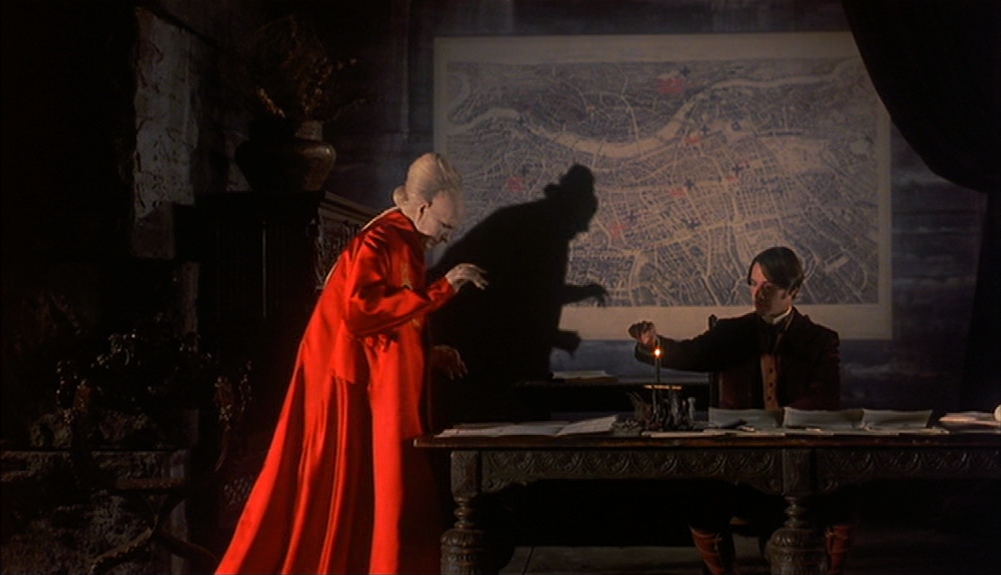
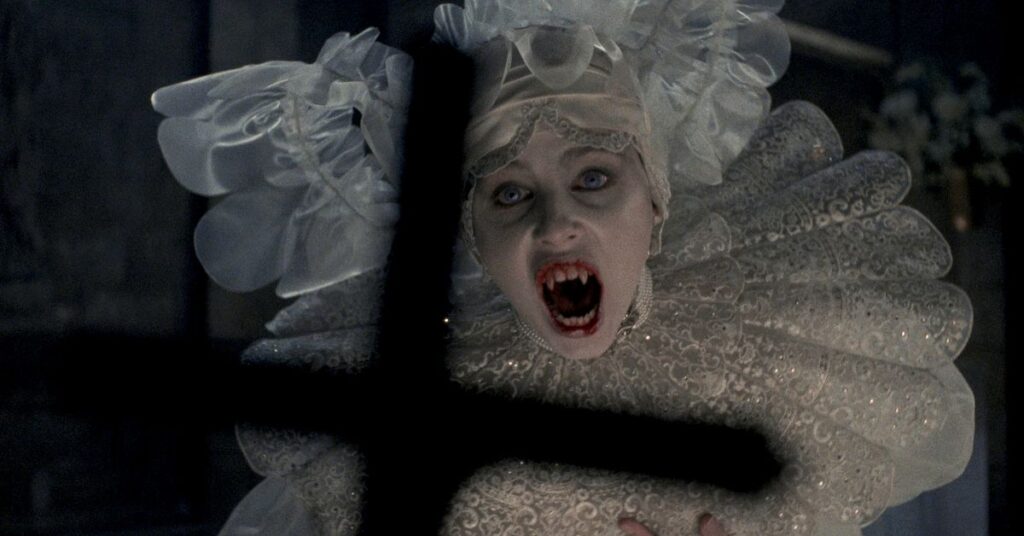
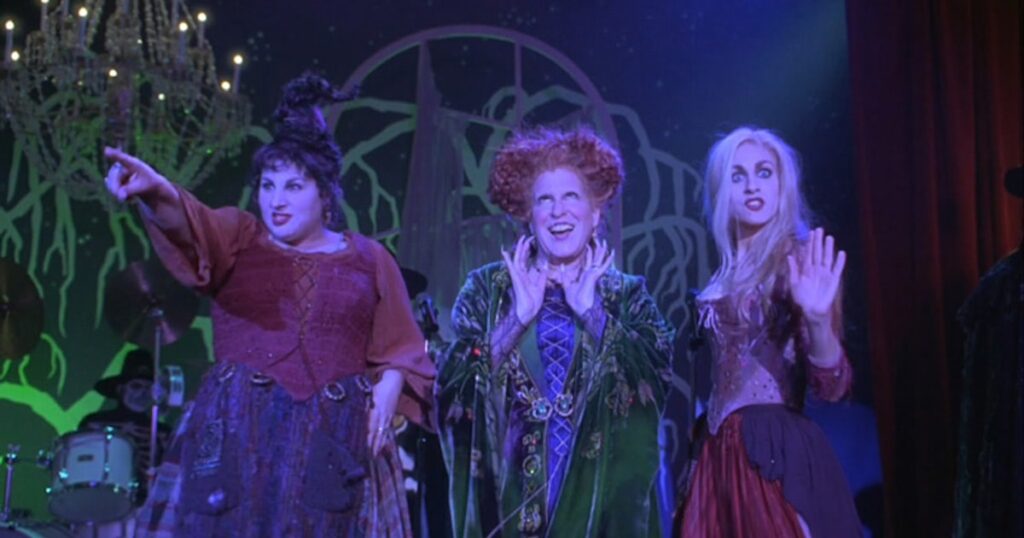

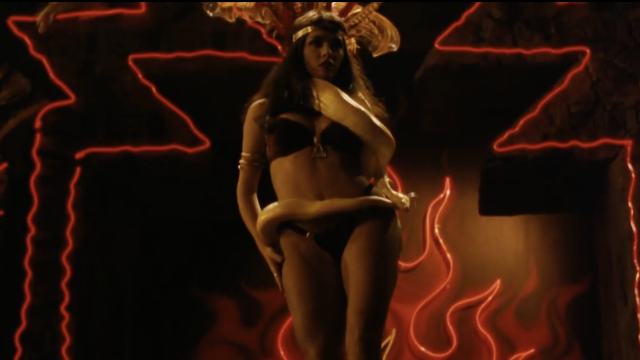

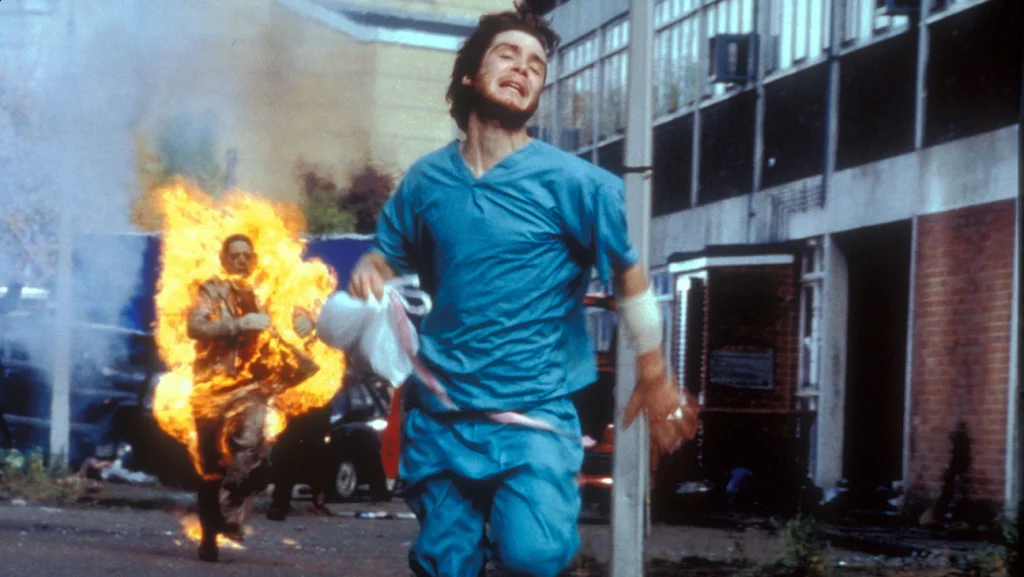
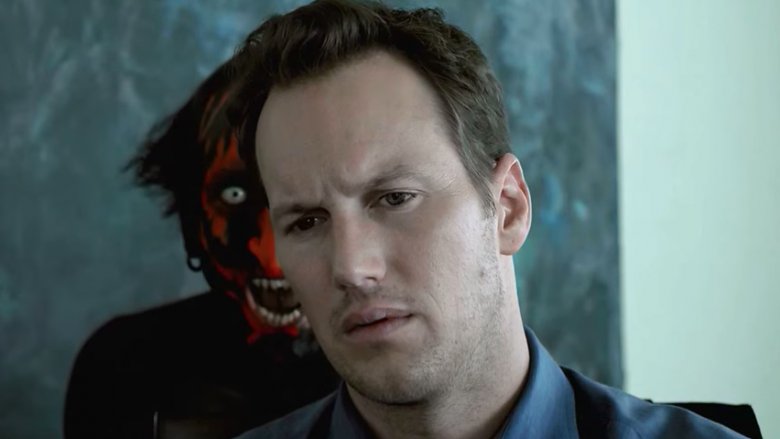
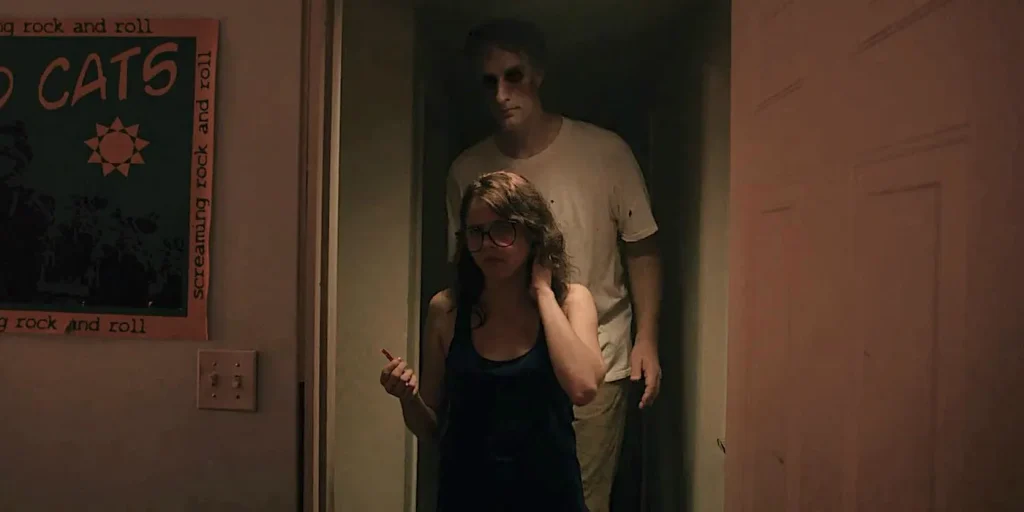

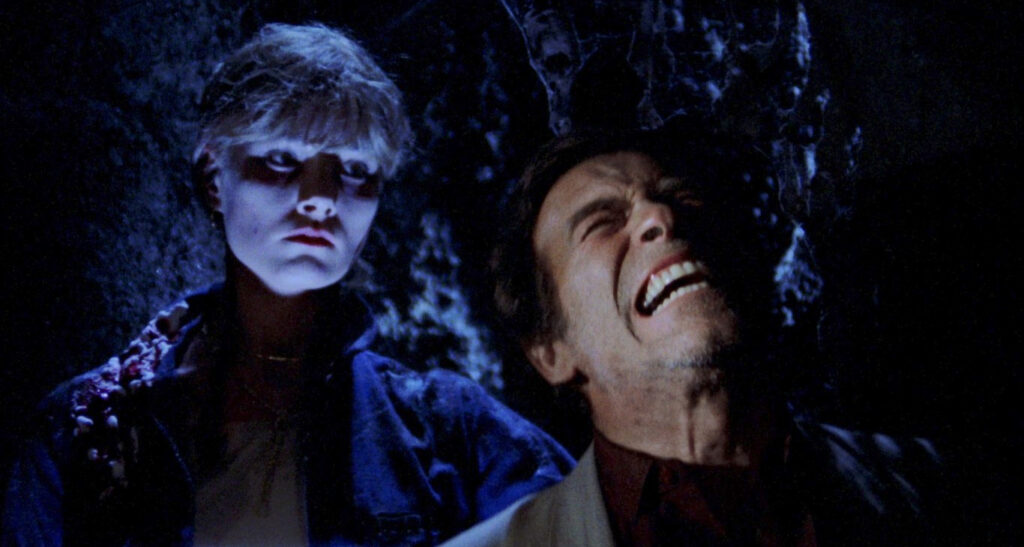

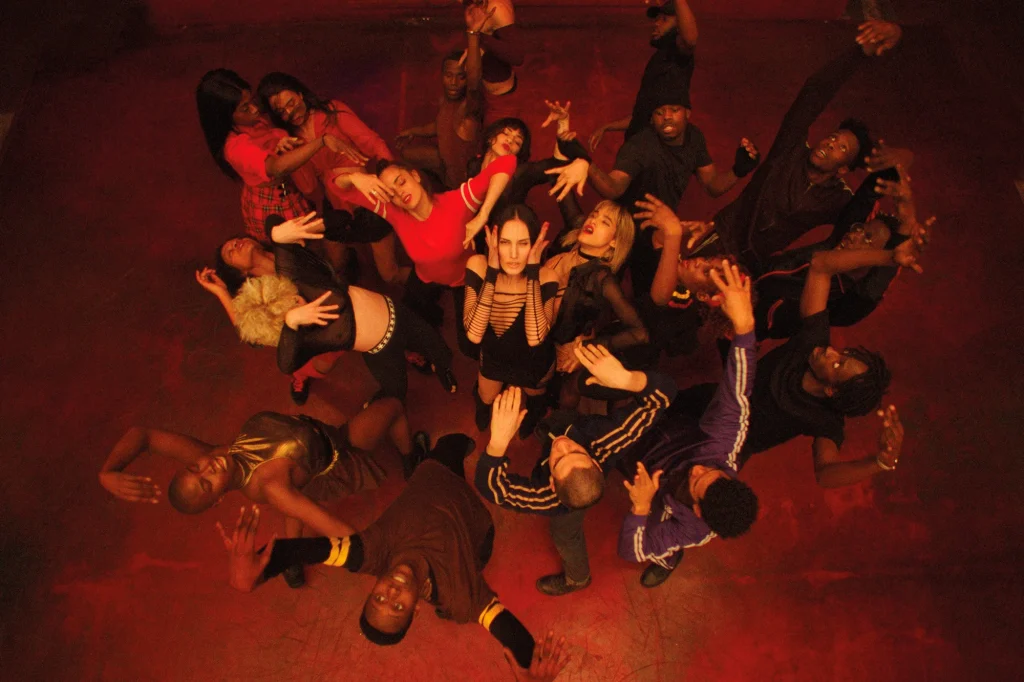



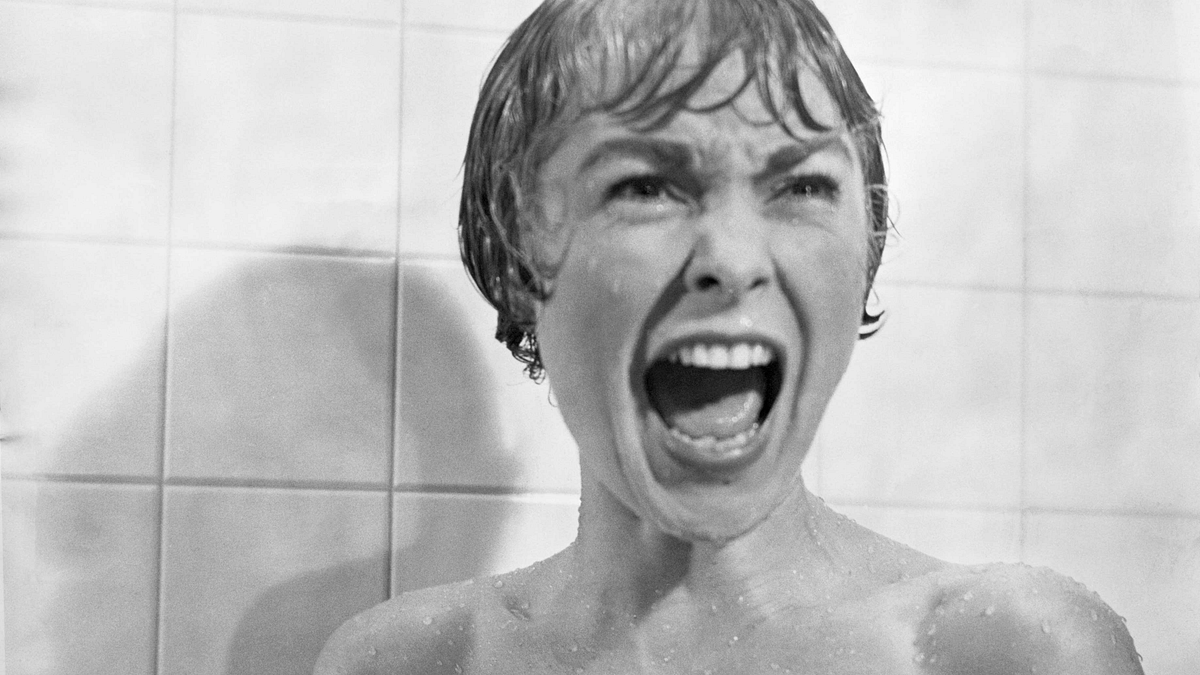


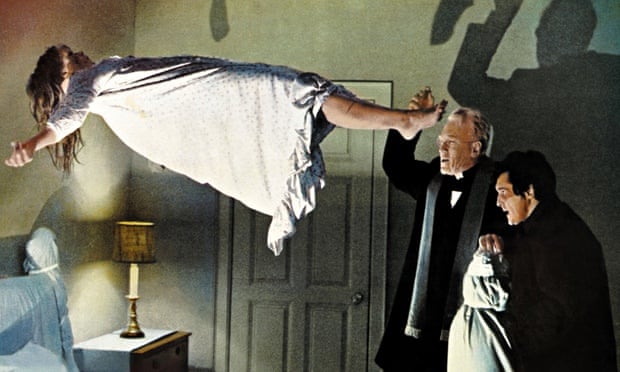




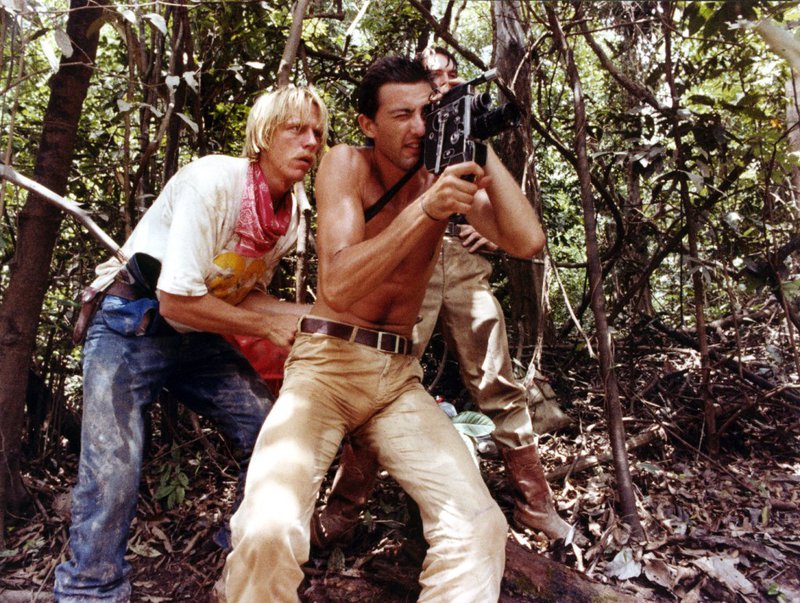
![An American Werewolf in London' and Its Iconic Transformation [It Came From the '80s] - Bloody Disgusting](https://bloody-disgusting.com/wp-content/uploads/2020/03/american-werewolf-london-e1585840708232.jpg)
